Type – Writer
International Comparative Exhibition on Samizdat Publications

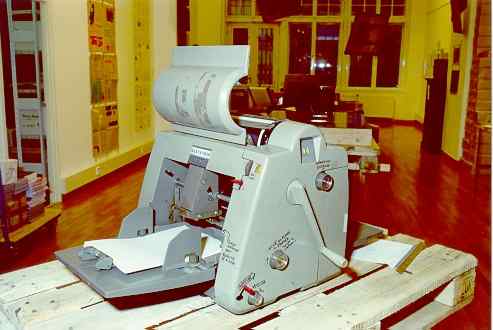
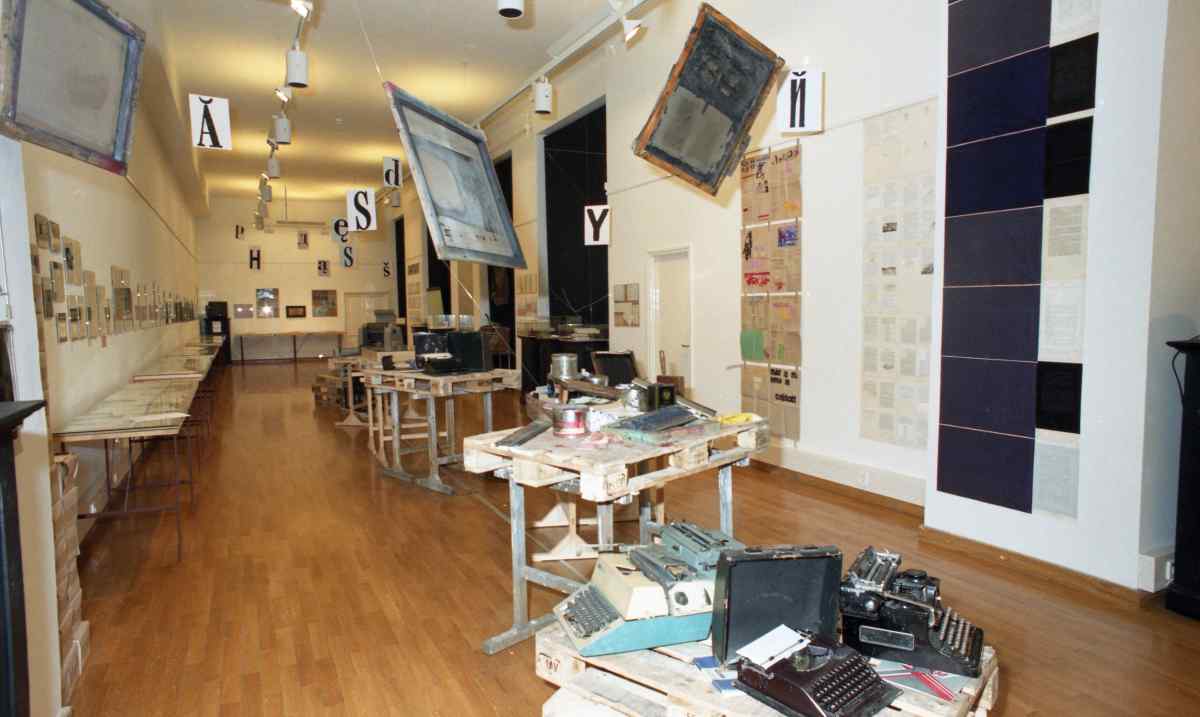


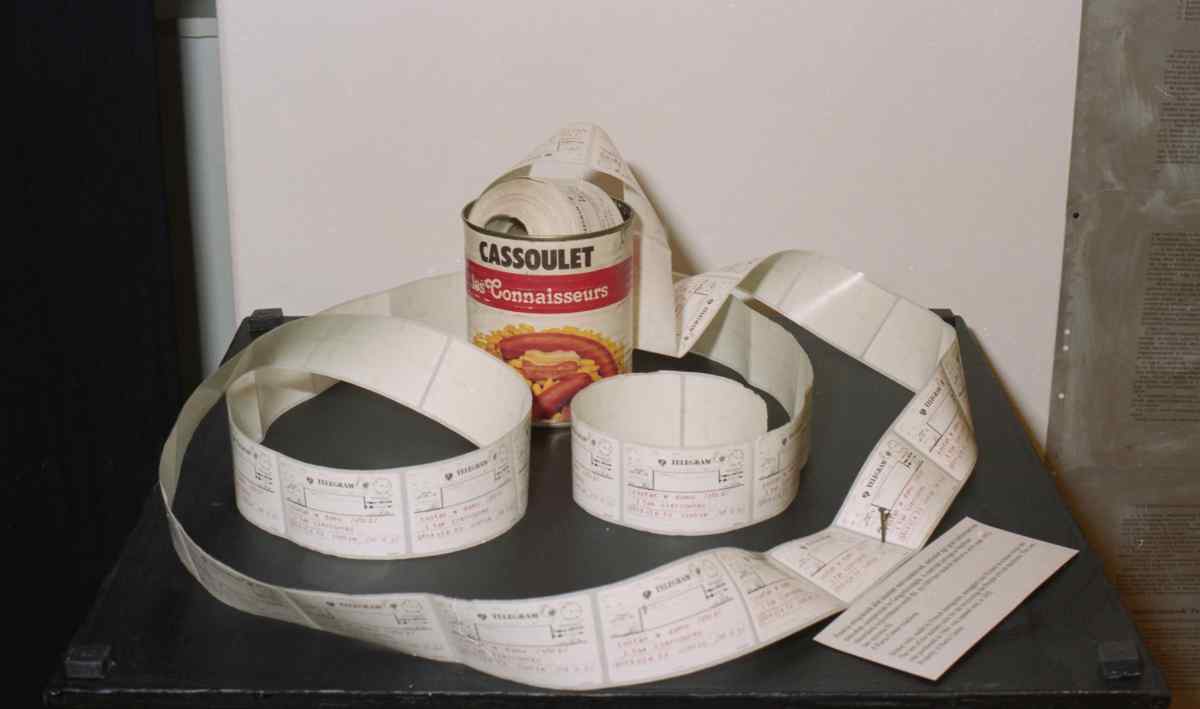
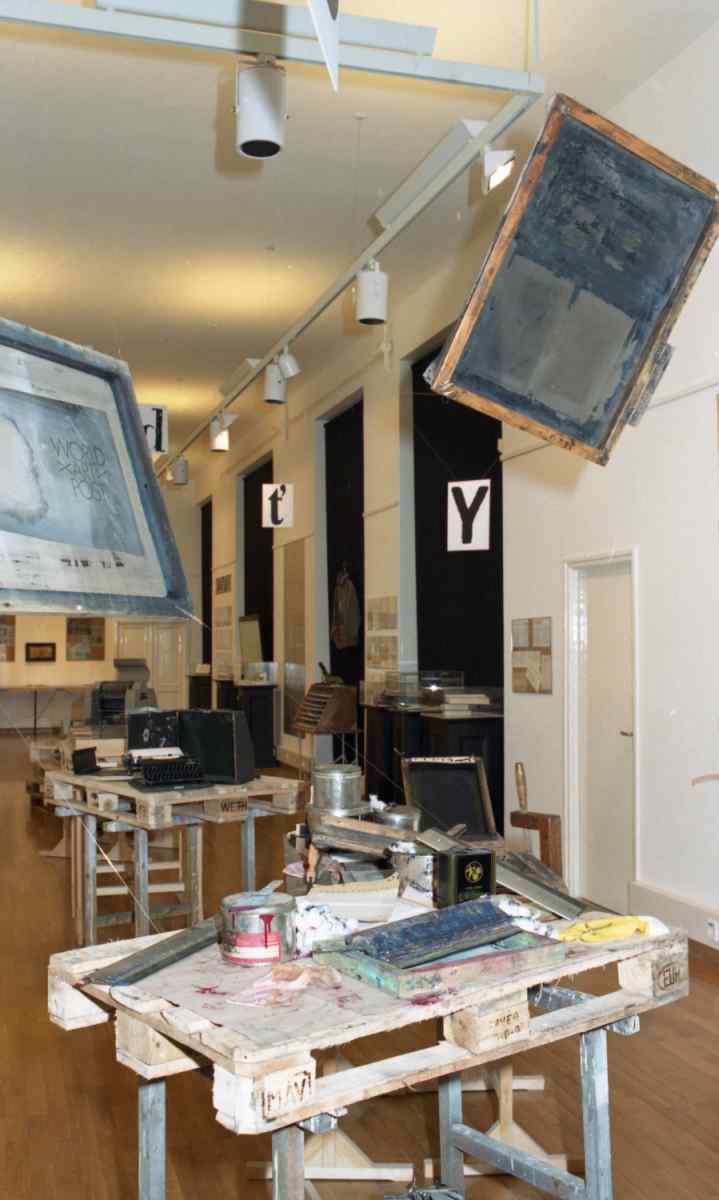
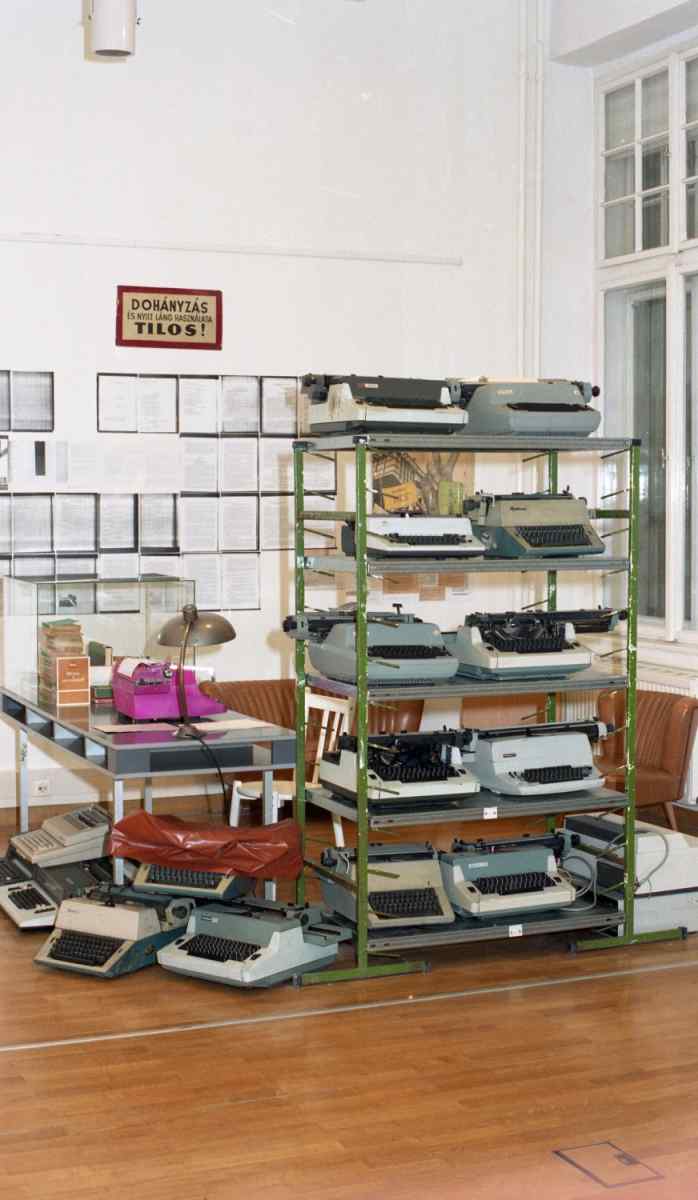
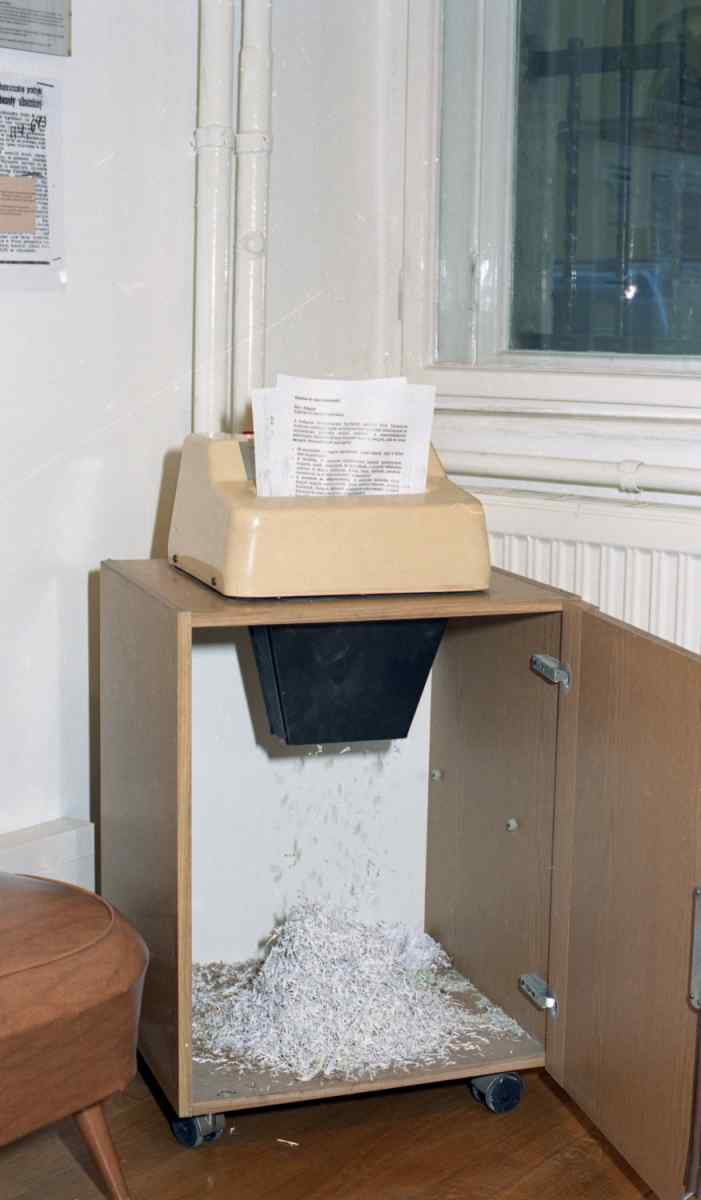
design: TAMÁSI Miklós
The exhibition Type-Writer gives a comparative representation of samizdat activities in Eastern and Central Europe from the post World War II period until the collapse of the Communist regimes. There have been numerous exhibitions in the region concentrating on the political and moral significance of opposition and underground literature, trying to show its various intellectual and political trends. Type-Writer, in contrast, concentrates on other issues, which were extremely important elements of the story but which had received less attention. The aim is to show the technological history and development of the production and distribution of underground literature, the raw materials, and the tools and instruments, from the most primitive hand-operated ones up to modern printing technology, with the help of Polish, Czech and Slovak, Russian, Rumanian, and Hungarian documents and materials. In addition, we also demonstrate the techniques and methods of conspiracy. The visitor can follow the emergence and development of this peculiar underground marketplace of ideas from country to country. Finally, the exhibition aimed to show the countermeasures taken by the political police: how the authorities tried to ban or hinder the production and distribution of samizdat.
The following items were on display at the exhibition:
- Technical instruments of samizdat from different countries: typewriters, printing and Xerox-machines, audio-visual equipment, and raw materials (paper, ink, glue) that were used for producing, multiplying and distributing samizdat;
- Documents about cooperation between dissident groups of these countries on organizational and technical matters;
- Documents, leaflets, posters and announcements that promulgated samizdat publications and related events;
- Documents about police activities related to samizdat: agents' reports, police analyses of clandestine activities, documents about house searches, records of confiscations, documents from trials related to “anti-socialist propaganda” and “violation of the regulation of the press”;
- Documents about the role played by Radio Free Europe/Radio Liberty, Munich, in supporting, organizing and disseminating samizdat publications throughout the soviet bloc;
- Finally, the “samizdat of the party”: publications, periodicals and books issued and distributed in limited numbers among the top functionaries of the ruling party. These publications regularly reported on the content of the “alien” broadcasts, on opposition activities, and about the clandestine literature that was, at the same time, supposed to be censored and forbidden to the wider public.